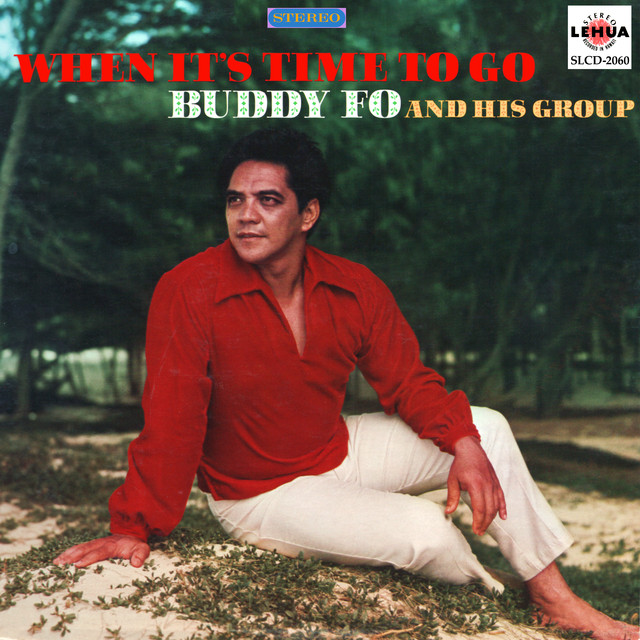
Plenty of countries around the world have separatist movements within them. Would-be breakaway states like Catalonia, Kashmir and Tibet have been in the news for years.
But there’s one independence movement that I find particularly fascinating: Hawaii.
Hawaiian independence from the United States makes sense for a few reasons. Culturally, the island state is nothing like the US. Ethnically, only a quarter of residents are white, as compared to almost 40% who are Asian. On the American mainland, only 1% of the population is classified as “native American.” In Hawaii though, 10% are native. And I don’t mean “born there” – I mean ethnically native, descended from the Polynesians who settled on the islands close to a thousand years ago.
As surprising as those numbers are, it’s nothing too different from the standard separatist script found in case studies around the world: you have a country with a pocket of ethnically and culturally unique citizens who don’t feel their voices are being heard, and so they demand their own nation.
The Hawaiian independence movement, however, has two key arguments that most separatist groups do not.
First, they’ve got a geographic argument. Hawaii is unbelievably isolated, and the fact that it is ruled from a capital city that is 7500 kilometres distant feels pretty ridiculous. Hawaii is actually closer to Tokyo than it is to Washington DC.
But secondly, and more significantly, Hawaiian separatists have the argument that the American Government itself admitted in 1993 that their overthrow of the Hawaiian government a century earlier was illegal.
Think about that for a second. This means that the United States has, for over 25 years, maintained control over something they officially recognize they stole.
Of course, the situation is complicated. Military bases, tourism, resources…there are plenty of reasons the US would want to hold on to Hawaii. But I can’t help but think that Hawaii deserves to be its own country. I mean, the people who originally settled it did so by, basically, canoeing to the middle of the Pacific Ocean. If you can do that, you and your descendants deserve to keep the land in perpetuity.
Perhaps it’s my Canadian-ness showing, but there must be a way for the US to grant Hawaiian independence while maintaining close ties. Maybe they could hash out some kind of friends-with-trade-benefits arrangement, like Britain did with my own country.
Maybe, in the words of Hawaiian crooner Buddy Fo, it’s time to go.
What makes this a beautiful song:
1. The alternating chords in the song’s opening seconds (f-major and d-flat major) are, for me, strikingly different from standard chord progressions in this type of music. They are melancholic on a level more commonly associated with bands like Nirvana. In fact, the Nirvana song featured in week 203 uses the same two chords.
2. Just after two minutes, a backup singer throws in a little extra melancholy with two lonely notes.
3. The lyrics describe a relationship that has outlived its own relevance. And yet, the track fades out on the repeated line, “it’s time to go,” as if the long-awaited separation may never happen.
Recommended listening activity:
Returning something you borrowed a long time ago.